Description
Ficus elastica ‘Belize’, also known as the “Belize Rubber Plant,” is a beautiful tropical plant that stands out for its large, glossy, dark green leaves with striking red or burgundy veins. The leaves have a deep, glossy finish and create a bold, tropical look, making this plant a fantastic addition to any indoor space. Native to Southeast Asia, Ficus elastica ‘Belize’ is a variety of the popular rubber tree, and it thrives in bright, indirect light with moderate to high humidity.
- Full Botanical Name: Ficus elastica ‘Belize’
- Common Names: Belize Rubber Plant
- Country and/or Region of Origin: Native to Southeast Asia and India
- Growing Conditions in Native Habitat: Grows in tropical and subtropical regions, in humid environments with well-drained soil and indirect sunlight
- Care Guide:
- Light: Prefers bright, indirect light. It can tolerate moderate light, but its leaves may lose their vibrant color in lower light. Avoid direct sunlight, which can scorch the leaves.
- Ideal Room: Ideal for living rooms, bedrooms, or offices with bright, indirect light. It can also thrive in areas with filtered sunlight or near a bright window with sheer curtains.
- Feeding: Fertilize once a month during the growing season (spring to summer) with a balanced, diluted liquid fertilizer to promote healthy growth and vibrant foliage.
- Humidity: Prefers moderate to high humidity. It will thrive in humid environments, such as kitchens or bathrooms, but will also do well in regular indoor conditions. Misting the leaves or placing it on a humidity tray can help boost humidity.
- Ideal Temperature: Best kept between 60°F and 85°F (16°C to 29°C). Protect from cold drafts and temperatures below 50°F (10°C), as it is sensitive to the cold.
- Watering: Water when the top inch of soil is dry. Be sure to allow the soil to dry out between waterings, as overwatering can lead to root rot. Ensure the plant is in well-draining soil, and always empty any water that collects in the saucer.
- Pet/Child Safe: Toxic to pets and children if ingested. Keep out of reach of animals and young children, as ingestion of the plant can cause irritation, vomiting, or more serious issues.
- Soil Type: Use a well-draining, rich potting mix. A mix formulated for houseplants or tropical plants will work best, and adding perlite or orchid bark will improve drainage.
- Propagation: Propagate by stem cuttings. Cut a healthy stem with a few leaves and place it in water or directly into soil to root. Once roots have formed, the cutting can be potted into its own container.
- Eventual Height and Spread: Typically grows up to 6-10 feet (1.8-3 meters) tall indoors with a spread of 3-4 feet (90-120 cm), making it a large plant perfect for creating a tropical look in larger rooms.
- Growth Rate: Moderate to fast-growing. Ficus elastica ‘Belize’ can grow quickly during the growing season, particularly if given the right care, including adequate light, humidity, and watering.
- Pests and Treatment: Generally resistant to pests but may occasionally attract mealybugs, scale, or spider mites. Treat infestations with insecticidal soap or neem oil to prevent damage.
- Repotting: Repot every 1-2 years or when the plant becomes root-bound. Choose a pot that is slightly larger than the current one to allow for healthy root growth, and ensure it has drainage holes to prevent waterlogging.
- Pruning: Prune dead or damaged leaves regularly to maintain the plant’s appearance. You can also prune back leggy or overgrown stems to encourage fuller, bushier growth.
- Air Purification: Known for its air-purifying qualities, Ficus elastica ‘Belize’ helps improve indoor air quality by removing toxins such as formaldehyde and benzene, making it a valuable addition to any indoor space.
- Folklore: Ficus species are often associated with strength, abundance, and protection. In many cultures, the plant is believed to bring prosperity and good fortune into the home, making it a popular choice in feng shui and indoor decoration.

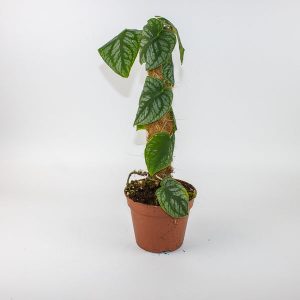
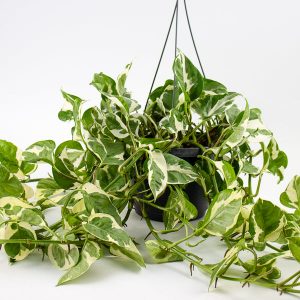
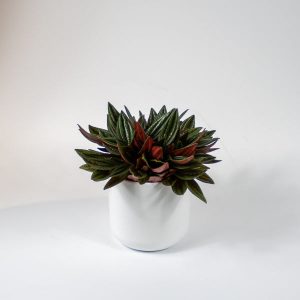
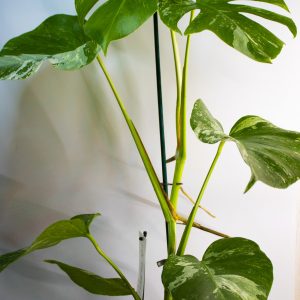
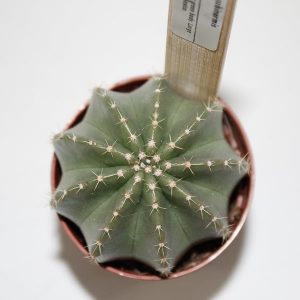

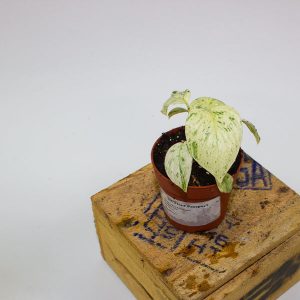

Reviews
There are no reviews yet.